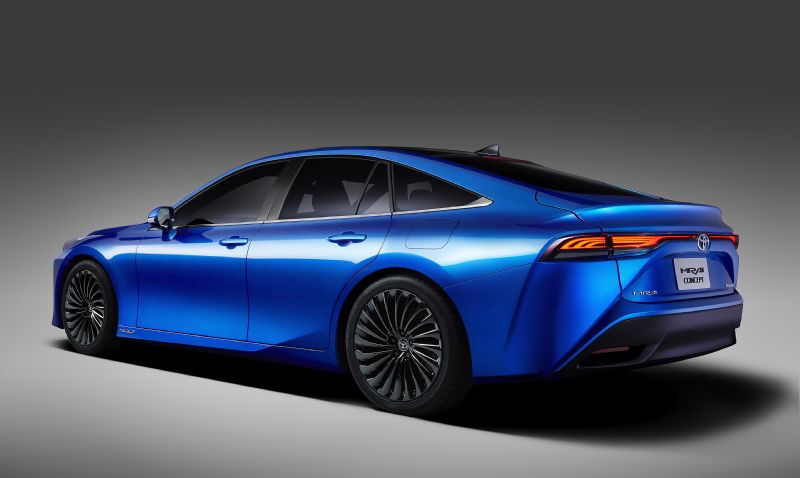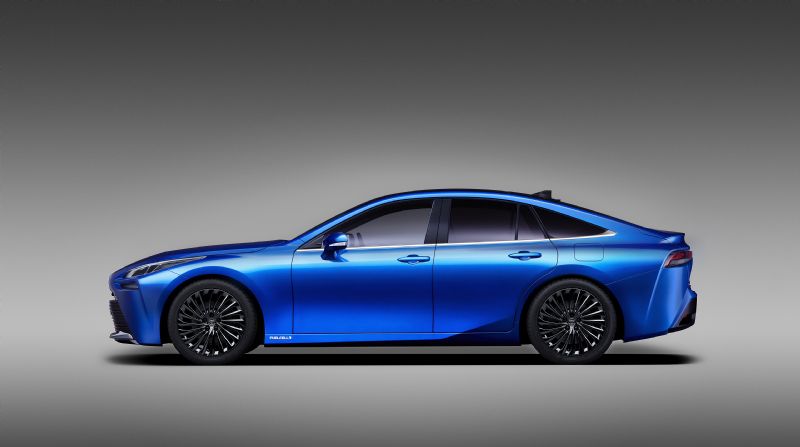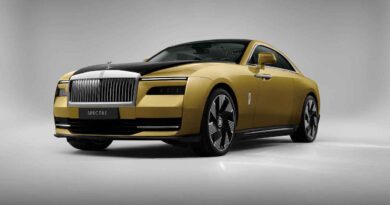Toyota Mirai fuel cell EV waiting to launch
Toyota welcomes $300 million hydrogen energy projects investment, making the 700km-range next-generation Mirai more likely for Australia.
With 20 Hyundai Nexo fuel cell vehicles now on the ACT government fleet, green shoots are emerging for hydrogen-powered vehicles in Australia.
That means a greater chance we’ll welcome Toyota’s striking next-generation Mirai, the captivating four-door concept shown at the 2019 Tokyo Motor Show.

With a planned launch of late 2020 in Japan, USA and Europe (well, until coronavirus spannered the works) the concept is practically production ready, with the Japanese giant expecting a range of roughly 700km between hydrogen fills.
A $300 million commitment in May 2020 by the Clean Energy Finance Corporation to invest in hydrogen energy projects was welcomed by Toyota Australia. The company’s future technologies spokesman Matt MacLeod said: “Toyota’s ability to launch advanced vehicles in Australia such as the Mirai…depends on the development of an adequate refuelling infrastructure.”
Toyota Australia has invested in the hydrogen economy itself with a $7.4 million hydrogen centre in Melbourne, supported by $3.1 million in funding from the Australian Renewable Energy Agency.

First generation Mirai FCEVs are currently being trialled in Australia. Toyota Australia has three for internal use and have previously been trialled with Hobsons Bay City Council, cleanly cruising Melbourne’s streets.
The Mirai was introduced globally in 2014 with dumpy looks – its design offering little in the way of desirability as it went overboard with its “I’m eco-friendly!” styling. Even the perennially disfigured Prius could look upon the Mirai and consider itself alpha Toyota on the looks front. Even so, over a five-year lifespan some 10,000 Mirais have found owners worldwide, mainly in the USA, Europe and Japan.

We’d be far more excited to welcome the new-generation Mirai. It’s a large four-door sedan – slightly longer than a Toyota Camry – with 20-inch wheels filling its wheel arches.
The Mirai’s chief engineer, Yoshikazu Tanaka, acknowledged the new car’s aesthetic leap. “I want customers to say ‘I chose the Mirai because I simply wanted this car, and it just happens to be an FCEV,’” he said.
Built on a new modular platform able to accommodate Toyota’s full range of powertrains, the rear-wheel-drive 4975mm-long Mirai can fit five occupants (the current model manages just four) thanks to a 140mm extended wheelbase. The leather-lined cabin’s not too shabby either with 12.3-inch widescreen on the centre console, digital instrumentation and large head-up display.

While no power or performance figures are offered, we can expect a leap over the current 113kW and 335Nm thanks to a fully-redesigned fuel cell system including its fuel cell stack to deliver “substantially improved performance.” Range is enough to allay anxiety too. Toyota’s targeting a 30% range increase with the new car; or roughly 700km travel between refills.
Alongside infrastructure, price will be a barrier. Mirais cost $60,000 in the USA (about $87,000 in Australian dollars), and the new model will doubtless be pricier again.
A Toyota Australia spokesman couldn’t confirm the new Mirai would come to Australia, but with the brand investing in a brand new dedicated Toyota Hydrogen Centre station at Altona, Melbourne, we’re certain to get trial or lease versions of this new generation Mirai once it goes into production.
Will they make it into Australian showrooms? That’s clearly still some way away, but at least the new Mirai’s desirable design presents one less barrier to purchase.




